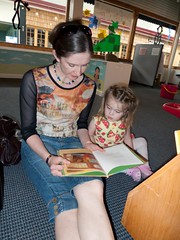A media shout out for some of the great work being presented at the American Sociological Association’s Annual Meeting right now in Atlanta…
The Chicago Tribune reports on a recent study that contradicts the common perception that kids without siblings have worse social skills than their peers from larger families.
The new study questioned students in grades 7 through 12 at more than 100 schools. This time researchers found that only children were selected as friends by schoolmates just as often as peers with brothers and sisters.
“Anyone who didn’t have that peer interaction at home with siblings gets a lot of opportunities to develop social skills as they go through school,” a co-author of the study, Donna Bobbitt-Zeher, said in a news release.







